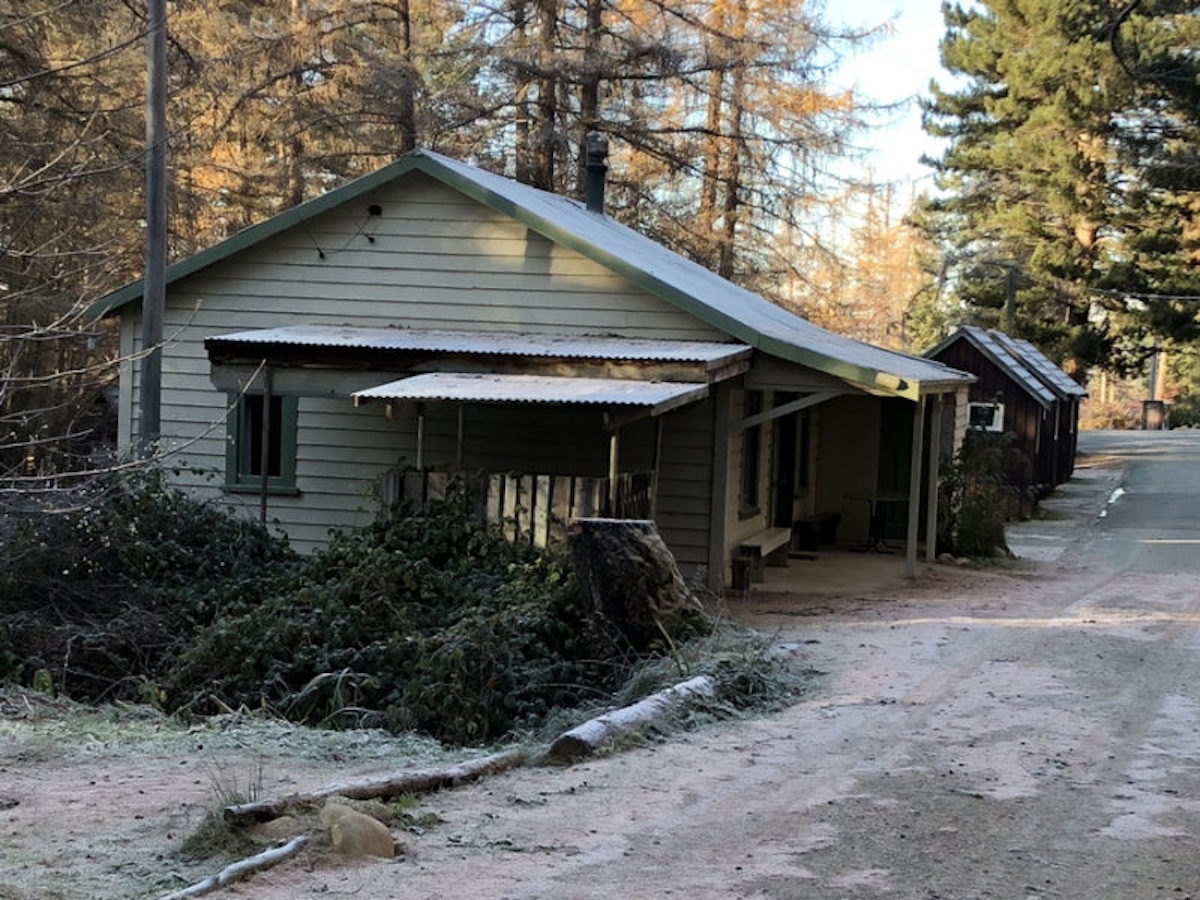Naseby forms community wildfire group
Aimee Wilson
18 May 2025, 6:00 PM
 Building materials are important to consider when planning new housing around forestry areas.
Building materials are important to consider when planning new housing around forestry areas. What you build your house with in Naseby, and what plants you use for landscaping were both important factors to consider when surrounded by forest that was at risk of wildfire.
Fire and Emergency New Zealand (FENZ) has been working with the Naseby community since 2023 about fire risk reduction, and also spoke to Central Otago’s Long Term Plan Hearing on Thursday as well.
Advisor risk reduction Mark Mawhinney told the hearing that both Naseby and Queensberry, along with Mt Iron, were all communities at heightened risk, and they were also working with a developer at Bendigo as well.
He said Central Otago had some lightening strikes, "but there are plenty of people out there that do things that start fires."
Knowing which vegetation not to plant around properties was important, and being mindful of the types of building materials that posed a risk for wildfire were all part of the education process.

FENZ called a public meeting in Easter 2023 and again in mid-2024 to engage with the Naseby community about fire risk reduction, and to form a community action group.
Adair Craik spoke on behalf of the newly formed Naseby Wildfire Group at the LTP hearing, and said they had a lot of work to do, but were gaining momentum.
The importance of not having flammable trees on residents’ properties was the first message to spread in the community, and the group had accessed information from a study done in Canada.
Deputy Mayor and Cromwell Fire Chief Neil Gillespie said the issue was timely given the district council was currently consulting on the rural chapter of the District Plan.
The council could look at an inclusion in that process to have important rules in place for specific towns not to plant certain trees around their properties.
Mark said the increased risk of wildfire in certain communities was most definitely climate driven, and Central Otago was one of the most driest climates in New Zealand.
